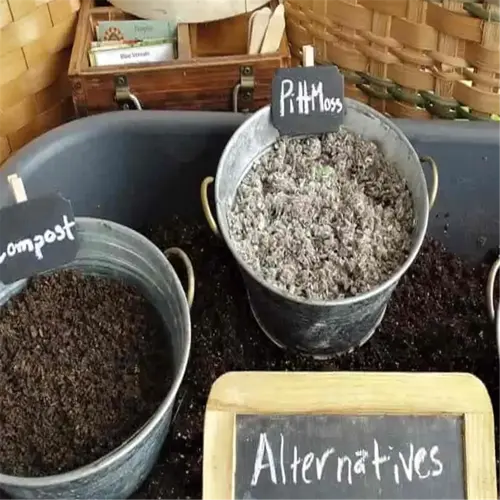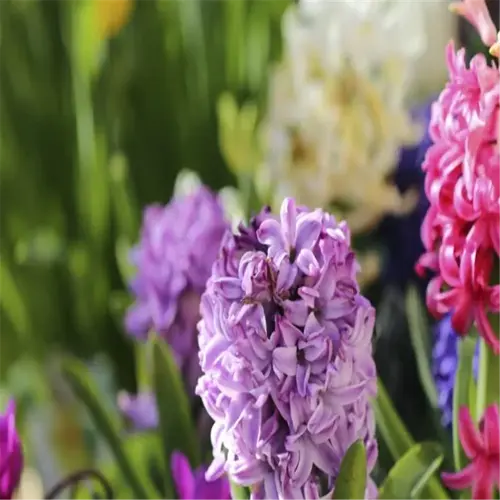What temperature triggers plant frost damage?

Written by
Paul Reynolds
Reviewed by
Prof. Martin Thorne, Ph.D.Temperature thresholds cause frost damage in plants depending on both plant species and the type of tissue. Tender basil needs to be 33 °F (0.6 °C) to blacken their leaves, but woody rosemary could survive temperatures of 20 °F (-6.7 °C). I have observed lettuce collapse overnight due to the ice crystals bursting the cell walls when it was 31 °F (-0.5 °C). Cold hardy plants such as kale have relationships (antifreeze proteins) that prevent freezing down to 28 °F (-2.2 °C).
Plant Physiology
- Cellular water content - Juicy tissues freeze faster
- Sugar concentration - Higher levels lower freezing points
- Bark thickness - Woody stems insulate vascular systems
Microclimate Effects
- Urban areas - Buildings radiate 3-5°F (1.6-2.8°C) extra heat
- Sloped gardens - Cold air drains to low spots
- Tree canopies - Reduce radiative cooling by 40%
Geography matters. Florida gardeners will protect plants when temperatures fall to 40°F (4.4°C) because they have evolved in a tropical climate. I have perennial friends in Minnesota that can survive naturally in temperatures down to 15°F (-9.4°C). I utilize wireless thermometers in the coldest zones of my garden. For example, I discovered that my north-facing bed freezes 2 hours before my south-facing bed.
Use soil thermometers along with weather apps to monitor forecasts. If my station says it is going to be 34° F (1.1° C), that is when I will cover tender plants by dusk. I will remove the cover when the temperature is 38° F (3.3° C) so moisture does not build up. Each year I will record what date the frost dates are, I know mine have moved twelve days later over the last ten years.
Read the full article: 12 Ways to Protect Plants from Frost: Expert Tips

